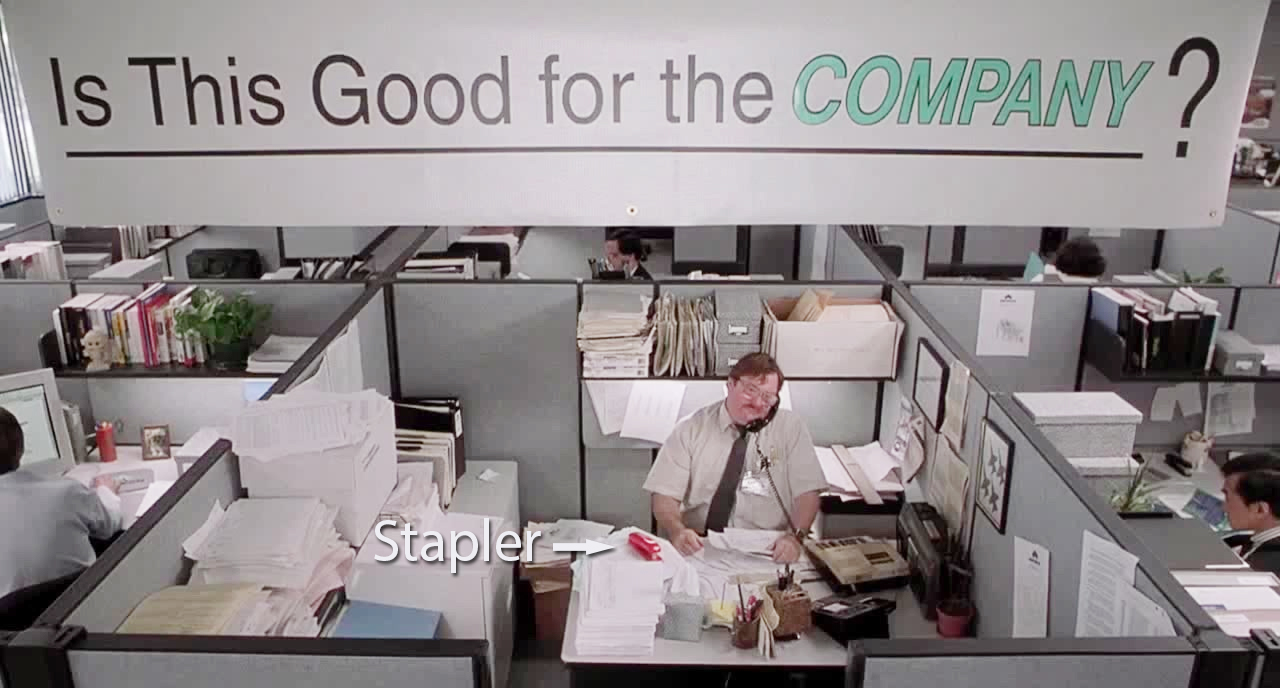The Culture Change Argument
Most professionals agree they would prefer a positive and engaging company culture over an oppressive dictatorship style. The question is, how does a company change its culture? There are opposing views over what exactly impacts and ultimately changes the culture of an organization. Today, we’ll examine two popular theories to better understand how to approach change.
The Influence Method
Changing culture through influence requires messaging, communication, reinforcement and top down example setting coupled with bottom up feedback channels. Any change requires time to see results and while the focus is using influence as a change agent, processes will likely change as well. The difference between this approach and the process change method is that the impetus is on the messaging, values, vision and mission, not necessarily the processes and procedures. The processes and procedures should adapt to be in line with the messaging where needed but are not generally considered the driver for culture change.
The Process Change Method
Others believe culture change is a byproduct of shifting dynamics within the workplace or external factors. These dynamics would include processes, procedures, compensation structures, technology advances, etc. The thought is less on the messaging from the organization and more on the accepted norms of conducting business. These people believe that culture change is created when shifts in how business is conducted change the status quo. Therefore, to create a culture change, a change in how business is conducted and/or how employees are rewarded is required.
Which is Correct
So which approach is correct? Is culture change driven by new messaging and beliefs, or is a change in business practices the only way to achieve desired change? It can be suggested that it is a combination of both. Messaging alone will not get it done, nor will solely changing business practices. With either approach, a company may recognize minor shifts but to truly achieve a cultural change, both must be present.
If a company solely utilizes messaging and communication but business practices counterproductive to the new culture remain, the change will not fully take hold. Conversely, if a company solely utilizes a change in business practices but does not have congruent messaging, the organizational culture may become disjointed. While most companies have sub-cultures within the macro culture, each sub-culture must still support the overarching vision of the organization. Without consistent messaging and shared vision, this can create conflicting sub-cultures which can cause rifts within the organization.
Takeaways
It is recommended that an executive team make sure that the culture of the organization supports the vision of the company. While the executive team will drive the messaging of culture change, it should not ignore the bottom up feedback of the workforce. Pushing messaging for culture change with a blind eye to workforce feedback is ill advised. Moreover, the executive team should ensure that policies, procedures, business practices, technology, promotional opportunities and compensation structures should be in line with supporting the vision and desired culture of the organization. Conducting an anonymous culture sensing project will allow the executive team to understand where the company is currently in order to better understand the climate and the feedback will provide variables to consider when embarking on a culture change initiative.
Culture change should not be a hypocritical undertaking. All levels of the organization must live the change or it will not achieve the desired results. You cannot adhere to the “do what I say not what I do” philosophy and drive a successful culture change. Internal politics can and will erode progress. Give the workforce a voice. When the workforce feels heard, they are more apt to give change a try, even if the change isn’t exactly in line with their preferred direction. If a workforce feels unheard, the result is stifled, or at best, delayed change. Ultimately, remember that culture should support the continuing vision, values and execution of the company. If the culture is in line with these items, no change is needed (assuming the vision and values are appropriate).
Author: Rob Comeau is the CEO of Business Resource Center, Inc., a management consulting and M&A advisory firm with a focus on the PEO industry. For more information on BRC, please visit their website at www.biz-rc.com
